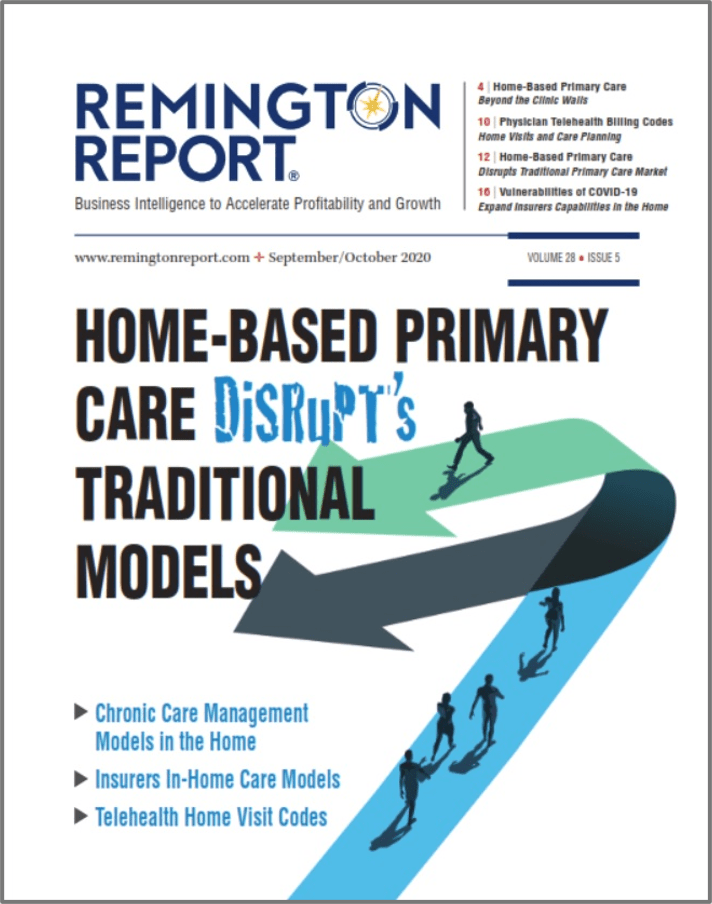About 88% of non-institutionalized adults 65 and older in the United States had at least one of these nine frequently treated conditions among adults aged 65 and older. See Figure 1 for the percentage of adults treated for:
- hypertension,
- hyperlipidemia,
- arthritis and other joint disorders (including joint pain and back pain),
- nervous system disorders,
- heart disease,
- diabetes,
- cancer,
- mental disorders, and
- chronic obstructive pulmonary disease, asthma, and other respiratory conditions.

HIGHLIGHTS
- Hypertension, hyperlipidemia, and arthritis/other joint disorders were the top three commonly treated conditions among older adults (65 and older) in 2019.
- Among the nine commonly treated conditions for older adults, total health care spending in 2019 was highest for heart disease and lowest for hyperlipidemia and mental disorders.
- Prescription drugs accounted for the largest proportion of annual medical expenditures for diabetes and hyperlipidemia among the different types of medical service.
- Ambulatory care accounted for the largest proportion of annual medical expenditures for arthritis/other joint disorders and cancer.
- Inpatient care accounted for the largest proportion of medical spending for heart disease.
- Out-of-pocket payments as a share of annual treatment expenses were higher for mental disorders than for other treated conditions
TREATMENT EXPENDITURES ATTRIBUTED TO HOME HEALTHCARE
Figure 2 presents the distribution of annual healthcare expenditures by type of medical service for each of the nine treated conditions. Compared across these service categories, the proportion of yearly medical expenses associated with prescription drugs was largest for diabetes and hyperlipidemia (65.9 percent and 45.7 percent, respectively) in 2019. Ambulatory care accounted for the largest share of spending for arthritis/other joint disorders and cancer (50.2 percent and 45.7 percent, respectively). Inpatient care accounted for the largest share of spending for heart disease (45.9 percent). Finally, home healthcare accounted for the largest share of spending on treatment for mental disorders (48.9 percent).

- Ambulatory: Expenses for this event type include those for office-based provider visits (physician and non-physician medical providers seen in office settings) and hospital outpatient visits. These expenses include payments for services provided by the facility and by physicians who bill separately from the facility.
- Hospital inpatient stays: Expenses for this medical service category include room and board and all hospital diagnostic and laboratory expenses associated with the basic facility charge, payments for separately billed physician services, and emergency room expenses for patients who were admitted as an inpatient from the same hospital’s emergency department.
- Hospital inpatient stays: Expenses for this medical service category include room and board and all hospital diagnostic and laboratory expenses associated with the basic facility charge, payments for separately billed physician services, and emergency room expenses for patients who were admitted as an inpatient from the same hospital’s emergency department.
- Emergency room: Expenses include payments for services covered under the basic facility charge and those for separately billed physician services, excluding expenses for emergency room services included in an inpatient hospital bill.
- Prescribed medicines: Expenses in this medical service category are for all prescribed medications initially purchased or refilled during the year and expenses for diabetic supplies.
- Home health: Expenses for this category are for home healthcare services provided by agencies and paid independent providers.

Lisa is a turnaround expert who excels in navigating unsteady, complex, and ambiguous environments. She has provided C-suite education to over 10,000 organizations in the home care sector for decades. Lisa’s trusted voice in the industry has been recognized for her ability to manage disruption, identify new growth and revenue opportunities, and develop high-level engagement strategies between home care and referral partnerships. Her contributions are instrumental in advancing the future of home care.
Other Articles You Might Enjoy
Improving Outcomes Between Home Care and Medicare Advantage Plans
Home care services have emerged as a critical strategy for improving health outcomes, reducing hospital readmissions, addressing both clinical and non-clinical needs, and improved patient satisfaction among Medicare Advantage beneficiaries.
Average 30-Day Readmission Rates by Medical Conditions
We provide critical readmission data about average readmission rates, condition-specific readmission rates, and hospitals with high and low readmission rates.
Hospital-at-Home Readmissions: Which Medical Conditions Created the Highest and Lowest Readmissions?
CMS’s report on the Acute Hospital Care at Home (AHCAH) initiative highlighted the highest and lowest readmission rates by medical conditions.





